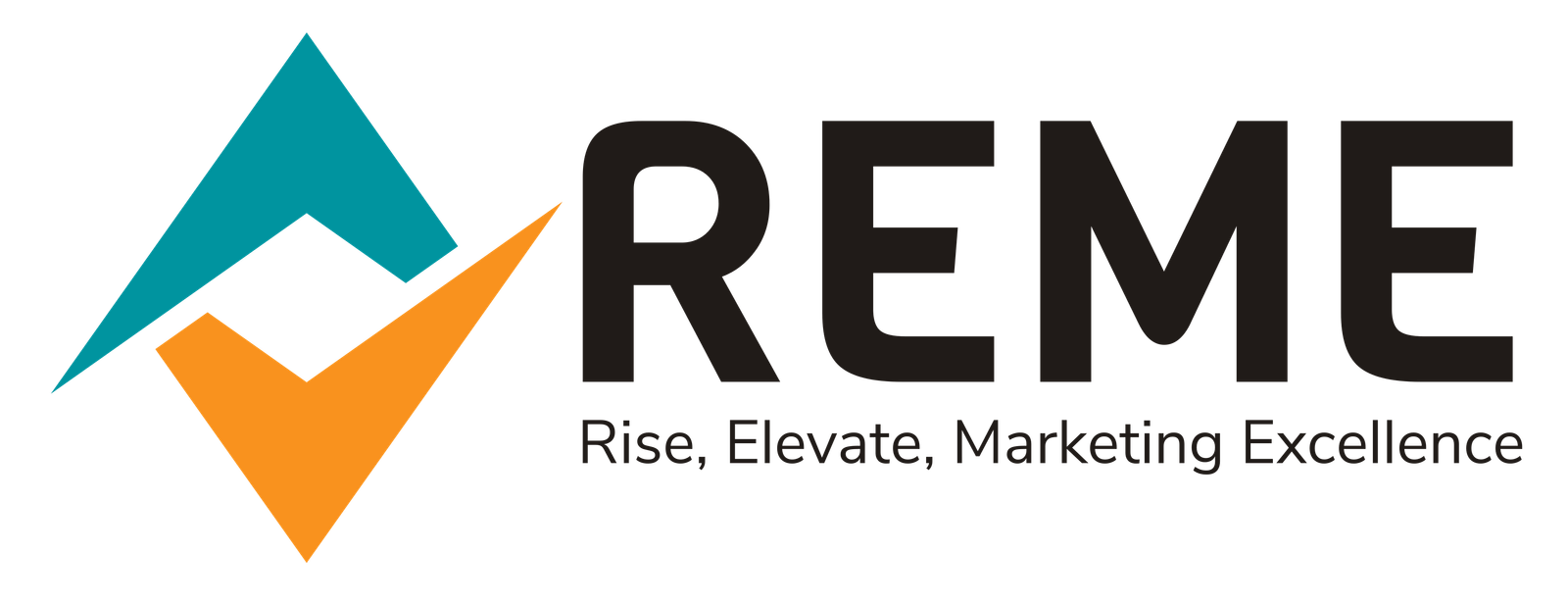1. Optimize Your Profile for Search Visibility
Claim Your Website
Claiming your website tells Pinterest that your content is authentic and worth promoting. To do this, go to Settings > Claim, and follow the steps to verify your website. This process helps Pinterest understand that your website is an extension of your Pinterest profile, boosting your overall credibility.
Add Keywords to Your Bio
Your bio is an opportunity to introduce your niche. Add keywords naturally to your profile to help Pinterest’s algorithm identify and rank your profile.
Helpful Resource:
- Pinterest’s Business Guide – Explore best practices for claiming your website and optimizing your profile.
2. Create High-Quality, Vertical Pins
Design Tips for High-Engagement Pins
Pinterest favors long, vertical images with a 2:3 aspect ratio, generally 1000×1500 pixels. Make sure to use bold colors, eye-catching fonts, and enticing copy. Use a tool like Canva to create polished, professional images with templates specifically tailored for Pinterest.
Design Tools:
- Canva – Free and premium design templates tailored for Pinterest pins.
- Crello – Similar to Canva, Crello offers Pinterest-specific design templates.
3. Use Pinterest SEO to Rank in Searches
Pinterest is a search engine, so optimizing your content with the right keywords can make a huge difference. Here’s a step-by-step approach:
- Keyword Research: Use Pinterest’s search bar for keyword suggestions. Type in relevant keywords and note related terms that appear.
- Pin Titles and Descriptions: Write descriptive titles and detailed descriptions with keywords that sound natural and informative.
- Hashtags: Pinterest allows you to add hashtags, so include 3-5 relevant ones to reach a wider audience.
Helpful SEO Tools:
- Pinterest Trends – Discover popular topics on Pinterest and see how they trend over time.
- Keyword Tool – This tool helps you find Pinterest keyword suggestions based on user searches.
4. Use Group Boards to Broaden Your Reach
Joining group boards lets you reach a wider audience than just your followers. To find active group boards in your niche, check out PinGroupie or search directly on Pinterest.
- Engage in High-Quality Boards: Look for boards with a significant number of followers and consistent, high-quality content.
- Collaborate with Board Owners: Some boards have specific rules or requirements to join, so read the board description carefully.
Helpful Group Board Tools:
- PinGroupie – Discover active group boards in various niches.
- Tailwind Communities – Tailwind offers group pinning and communities that help reach broader audiences.
5. Schedule Pins for Consistency
Pinning regularly, even multiple times a day, is key to keeping your profile active and engaged. Pinterest’s algorithm rewards accounts that stay consistent, so scheduling tools can be a lifesaver.
- Tailwind: This Pinterest-approved tool allows you to schedule pins and join Tailwind Communities for sharing and repinning with others.
- Pinterest Scheduler: If you prefer an in-house solution, Pinterest now allows you to schedule pins directly on its platform.
Scheduling Tools:
- Tailwind – Schedule pins, analyze metrics, and collaborate in Tailwind Communities.
- Later – Another popular visual scheduler that works with Pinterest and Instagram.
6. Leverage Rich Pins for More Information
Rich Pins add extra details to your pins, making them more informative and engaging. Pinterest offers product pins, article pins, and recipe pins. Enabling Rich Pins on your website requires adding meta tags, but it’s well worth it as Rich Pins help capture attention.
How to Get Started with Rich Pins:
- Pinterest Developers – Find step-by-step instructions for setting up Rich Pins.
- Yoast SEO – If you’re on WordPress, the Yoast SEO plugin simplifies Rich Pin activation.
7. Analyze and Adjust with Pinterest Analytics
Pinterest Analytics helps you understand what pins are performing well, which content resonates with your audience, and where improvements can be made.
- Audience Insights: Pinterest’s analytics reveal information about your followers, including demographics and interests, to help you tailor content.
- Top Pins: Regularly check your top-performing pins and repin them with fresh descriptions and hashtags for continued engagement.
Analytic Tools:
- Pinterest Analytics – Free analytics from Pinterest, accessible via a business account.
- Google Analytics – Track traffic from Pinterest to your website and see which pins drive the most clicks.
8. Create Seasonal and Evergreen Content
Pinterest users often search for content weeks before major holidays or events. By planning seasonal pins, you can capture early searches and maintain relevance.
- Seasonal Content: Make pins for holidays, seasons, and special events that fit your niche.
- Evergreen Content: These are timeless topics like “how-tos” or “beginner’s guides,” which continue to drive traffic year-round.
Helpful Resources for Content Inspiration:
- Pinterest’s Seasonal Insights – Pinterest publishes a seasonal trends report to guide content planning.
- BuzzSumo – Discover popular topics on social media that can inspire seasonal and evergreen Pinterest content.
Conclusion
Mastering Pinterest traffic is about consistent engagement, optimizing for Pinterest’s algorithm, and producing visually appealing content that resonates with your audience. By using the right tools, analyzing performance, and adapting your strategy, you can drive steady traffic from Pinterest to your website.







Reviews
There are no reviews yet.